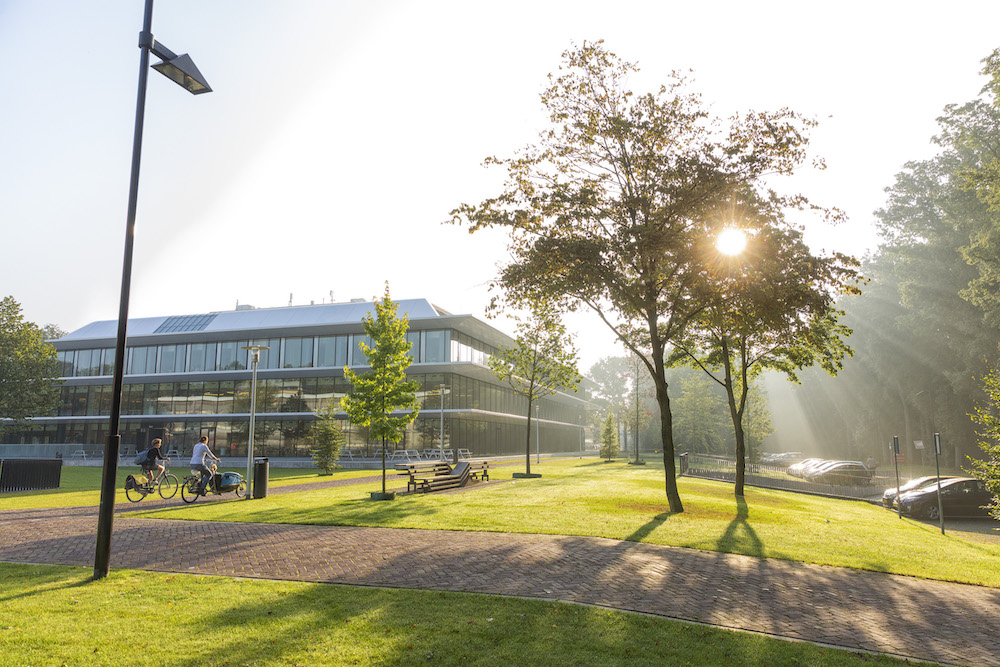PhD Candidate in Auditory Computational Neuroscience
PhD Candidate in Auditory Computational Neuroscience
You cannot apply for this job anymore (deadline was 31 Dec 2021).
Browse the current job offers or choose an item in the top navigation above.
Job description
Humans and animals can successfully detect sounds and react to vocalisations in the middle of busy acoustic environments, e.g. a busy street or a party. Current algorithms are not yet achieving the same level of performance. The brain is thought to use expectations and predictions to overcome this challenge. What are the underlying mechanisms and circuits that enable this performance? Can we translate these algorithms to technical applications, such as hearing aids or speech recognition in smart phones?
In this PhD project you will address these questions on a fundamental level, recording many neurons simultaneously from the auditory cortex of mice while they perceive and react to sounds. You will be using a cutting-edge two-photon microscope for this purpose, which allows recording from up to 1000s of neurons in each mouse. Next, you will analyse the resulting data to discover the mechanisms that integrate expectations/predictions with current acoustic information and in this way improve the signal-to-noise ratio, against a background sound. A central step in this analysis will be to refine our processing pipeline to allow for more complex and sophisticated experiments. For this purpose, and to guarantee a swift start, you will work closely with a second PhD candidate who has already acquired expertise in all practical aspects of the project. The results of this PhD project have the potential to generalise to other domains of neuroscience and generalise to a new theory of predictive coding, based on the actual underlying neural circuits and computations. You will have a teaching load of up to 10%.
Specifications
- max. 40 hours per week
- €2434—€3111 per month
- Nijmegen View on Google Maps
Requirements
- You hold a Master's degree in physics, biology, artificial Intelligence, electrical engineering or a related field.
- You have excellent analytical skills, particularly in data analysis and programming.
- You are highly motivated and have a dedicated work attitude.
- You have a keen interest in pursuing a scientific career.
- You have a high degree of intrinsic motivation to understand the principles of neural processing.
Conditions of employment
Fixed-term contract: you will be appointed for an initial period of 18 months, after which your performance will be evaluated. If the evaluation is positive, the contract will be extended by 2.5 years (4 year contract).
- Employment for 1.0 FTE.
- The gross monthly salary amounts to €2,434 based on a 38-hour working week, and will increase to €3,111 in the fourth year (salary scale P).
- You will receive 8% holiday allowance and 8.3% end-of-year bonus.
- You will be appointed for an initial period of 18 months, after which your performance will be evaluated. If the evaluation is positive, the contract will be extended by 2.5 years (4 year contract).
- You will be able to use our Dual Career and Family Care Services. Our Dual Career and Family Care Officer can assist you with family-related support, help your partner or spouse prepare for the local labour market, provide customized support in their search for employment and help your family settle in Nijmegen.
- Working for us means getting extra days off. In case of full-time employment, you can choose between 29 or 41 days of annual leave instead of the legally allotted 20.
Employer
Specifications
- PhD
- Natural sciences
- max. 40 hours per week
- €2434—€3111 per month
- University graduate
- 1178445
:fill(white)/logos/run-en-wide.jpg)
